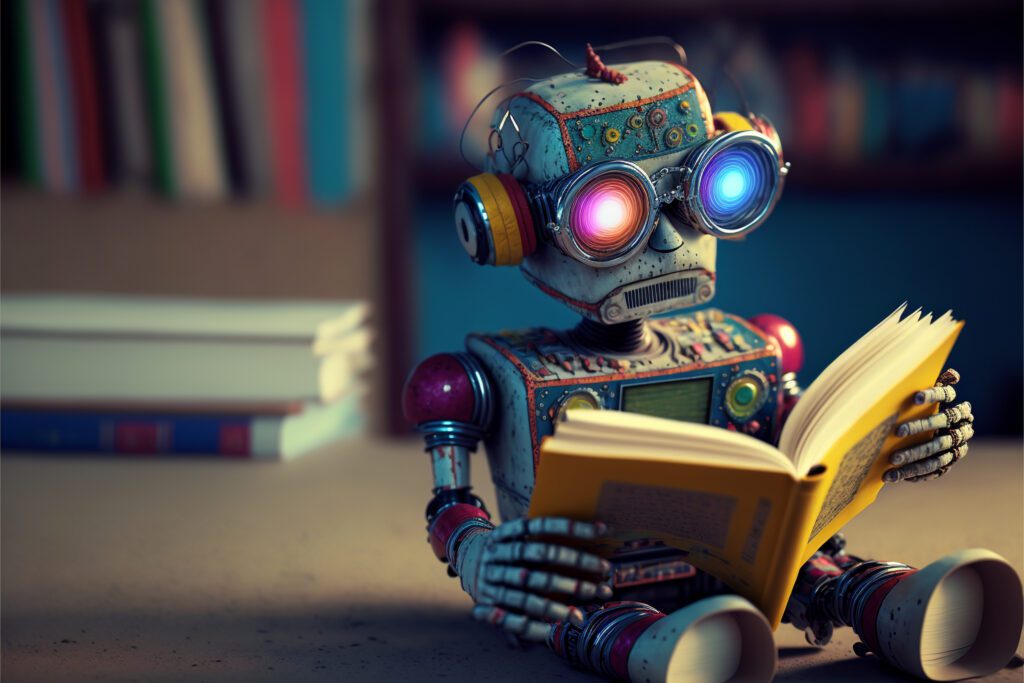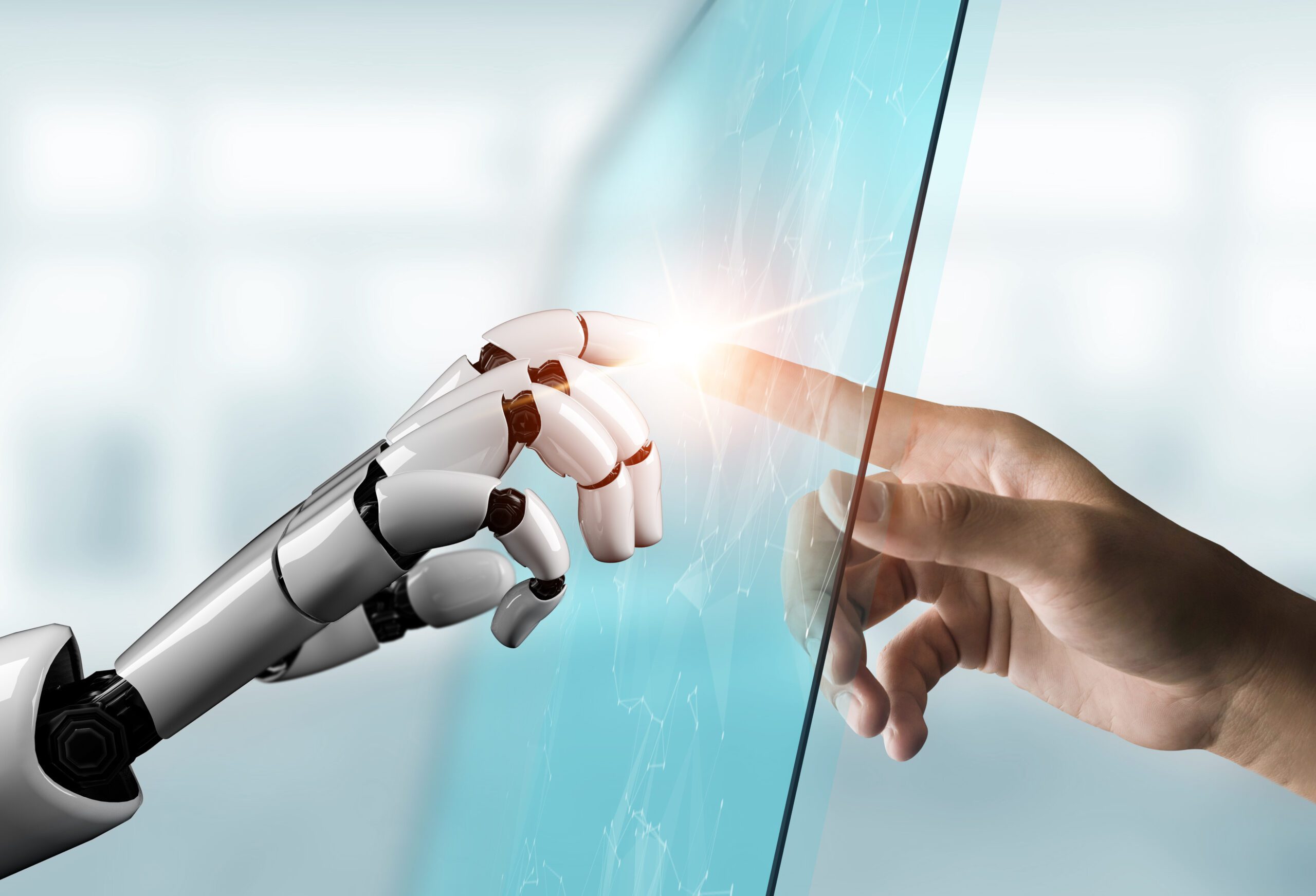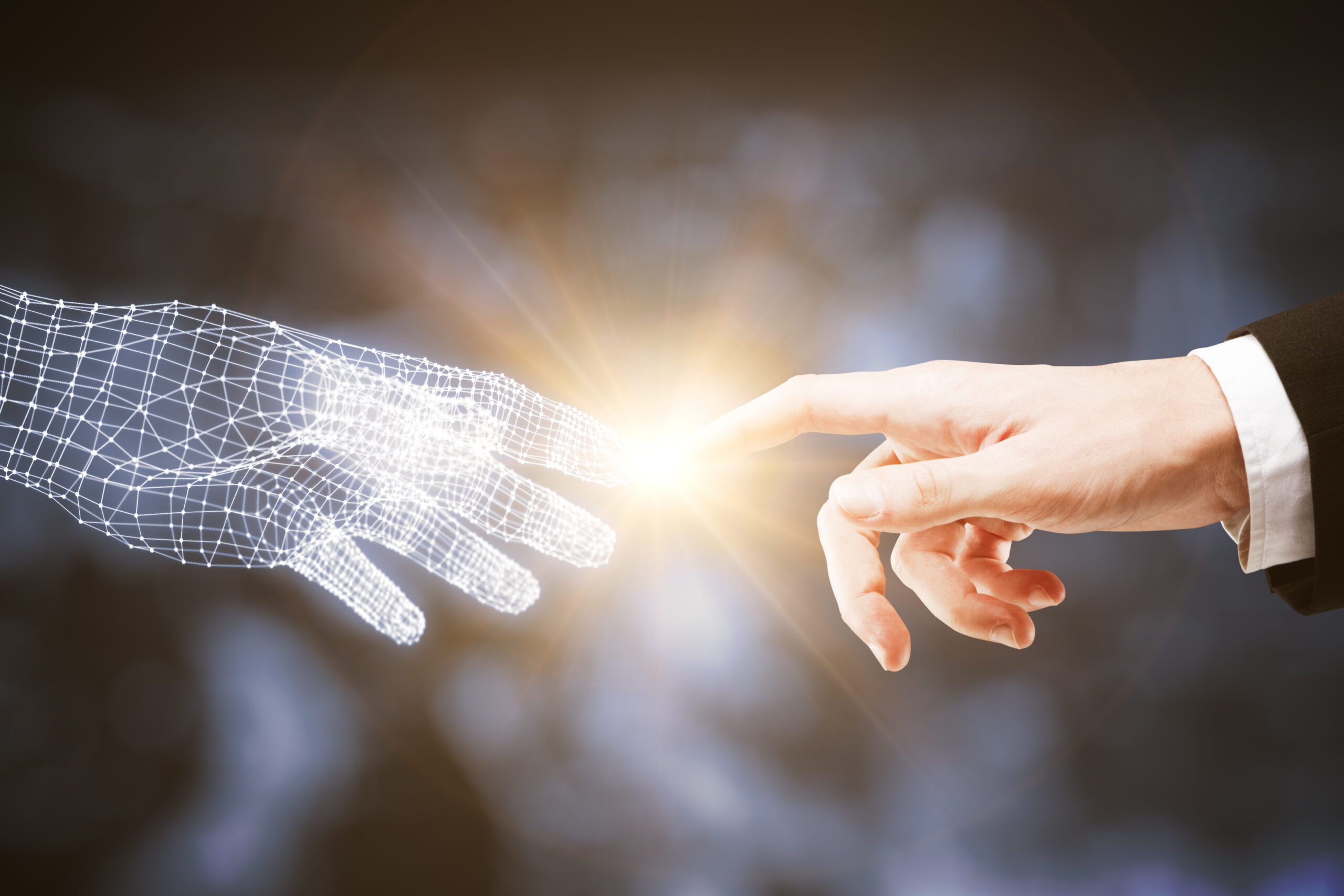The risks for white-collar jobs: a look without illusions
The rise of ChatGPT and other generative AI technologies raises alarming questions about the future of white-collar jobs – those who work primarily in offices, use their intellect to complete tasks, and are not involved in physical manual labor. These jobs are particularly prevalent in the administrative, financial, legal and content creation sectors. Here are a few concrete examples of possible impacts:
Administrative assistants and office workers
Administrative assistants who organize meetings, answer emails and prepare documents are already under threat from AI. Tools like ChatGPT can write formal emails, summarize meeting notes, and even manage calendars, reducing the need for a human presence for these tasks.
Imagine an employer who needs to cut costs. Rather than hiring a new assistant, it could simply subscribe to a service that uses AI to perform these tasks more affordably. This directly shifts workers into unemployment or forces them to switch to other types of employment.
A study by McKinsey & Company showed that automating administrative tasks with AI can increase productivity by 20-30%. For example, one company that integrated AI tools for email and calendar management saw a 25% reduction in the time spent on repetitive tasks, enabling employees to focus more on high value-added activities.
Journalists and content creators
Another area where ChatGPT is making an impact is in journalism and content creation. Blog posts, news reports or simple financial analyses can be produced by AI at a speed and cost that defy human competition.
Some major media outlets have already started experimenting with AI-written articles, mainly to cover basic news where human creativity adds no particular value. This poses a risk not only to journalistic jobs, but also to the quality of information, as AIs can reproduce biases present in their training data.
Financial sector: analysts by the numbers
Financial analysts often use data to produce reports or advise on investment strategies. With AIs capable of analyzing huge volumes of data, detecting trends, and providing advice, these roles are also under threat. For example, AI-based platforms can already produce financial valuations or portfolio recommendations, reducing the need for human experts in simple cases.






